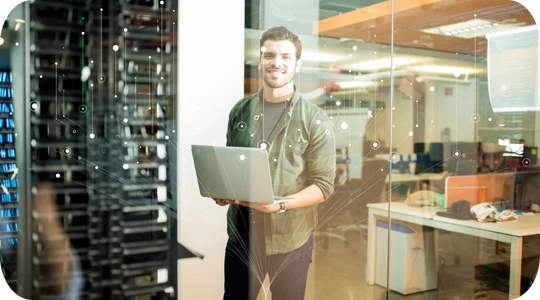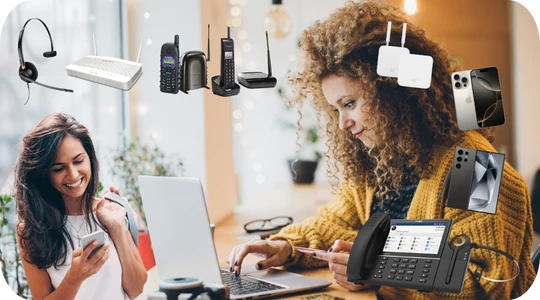How to Tighten Cybersecurity When Working Remotely
As the world continues to live through the ongoing global health crisis, many professionals have been left with no choice but to work from home. So it is no surprise that cybersecurity is a growing concern – not just for employees, but also for companies, big and small.

For instance, an article by Healthcare IT found that the average volume of data breaches within the Australian healthcare industry is 72 every month, with 52% of it largely due to human error. This makes it even more important to secure patient information with the help of technology. In the transportation industry, Verizon Connect predicts that 75% of vehicles will be manufactured with wireless network capabilities in the next two years, meaning that securing data transfer and GPS tracking technology remains extremely important. Now that remote work is rising in popularity, cybersecurity should be a top priority for all individuals.
To help you ensure a secure remote working experience, here are some tips on how you can tighten up your cybersecurity defences:
Enable two-factor authentication
As mentioned in our previous post, ‘Enabling Two-factor Authentication’ on all of your accounts can be a great way to stop would-be hackers from accessing your information and the projects you are working on. To further enhance the security that two-factor authentication offers, stick with passwords that combine alphanumeric characters and symbols, and stay away from those that are inspired by information that can be easily acquired such as your birthday, the name of your kids or your pets, your anniversary and the like.
Enhance your home Wi-Fi security
Unlike office networks that are usually managed by different IT personnel to enhance security, home Wi-Fi connections tend to have weaker protocols, making them much more vulnerable. To enhance the security of your home Wi-Fi, make it a habit to change passwords regularly and use stronger encryption methods. TechRadar suggests using WPA (Wi-Fi Protected Access) or the newer WPA2 standard. For additional security, you can also set your network name to “hidden” so that anyone who wants to connect to it will need to know the name of the network before even attempting to join it.
Keep your apps updated
Making sure that all of the applications (especially the operating system) on the devices you use for work are up to date can be critical to keeping your data safe. An article by CNet on cybersecurity tips explains that updates will help you stay one step ahead of hackers. To save some time, adjust your device settings to update automatically whenever a new version is available. It’s also a good idea to only download apps from official stores such as Apple’s App Store and Google’s Play Store.
Be meticulous with emails
Although a lot of companies are already using different kinds of messaging apps, such as Microsoft Teams, to maintain communication within and among teams, there are still some that use email – especially when sending highly confidential and important files. If you are one of those people who still uses email on a daily basis, be on the lookout for phishing messages that look just like any other business offer or message from your boss but contains a link that, when clicked, will install malware to your device, hack into your system and siphon data. According to an article by Business News Daily, the best way to avoid phishing emails is to be a little bit more meticulous. Be wary of odd email addresses, poor grammar or uncharacteristic greetings that do not match any of the previous emails you’ve received. Most importantly, whatever you do, do not provide personal information or click links if you are unsure who sent them to you.
Post solely for the use of teltech.net.au By Antonia Khale






